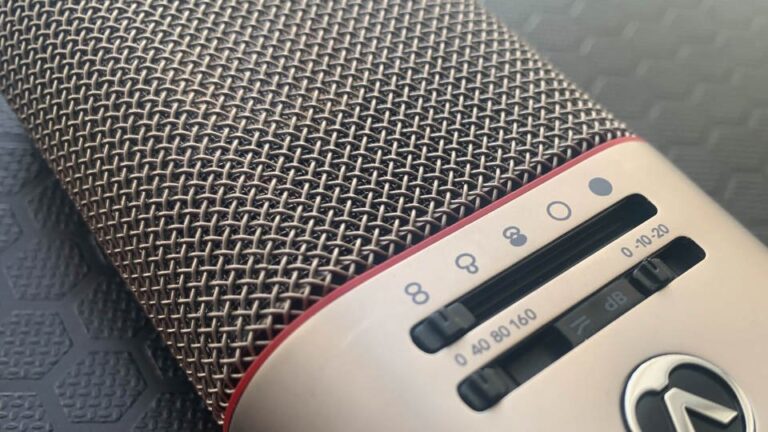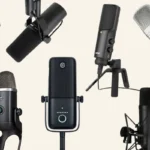The Best Microphone Polar Pattern
Greetings, fellow audio enthusiasts and curious minds! As a seasoned recording engineer and microphone aficionado, I’m thrilled to help you navigate the world of microphone polar patterns. Choosing the right polar pattern for your recording situation can make a significant difference in the quality and character of your captured audio. In this practical guide, we’ll explore the most common polar patterns, their unique characteristics, and how to select the best one for your specific needs.
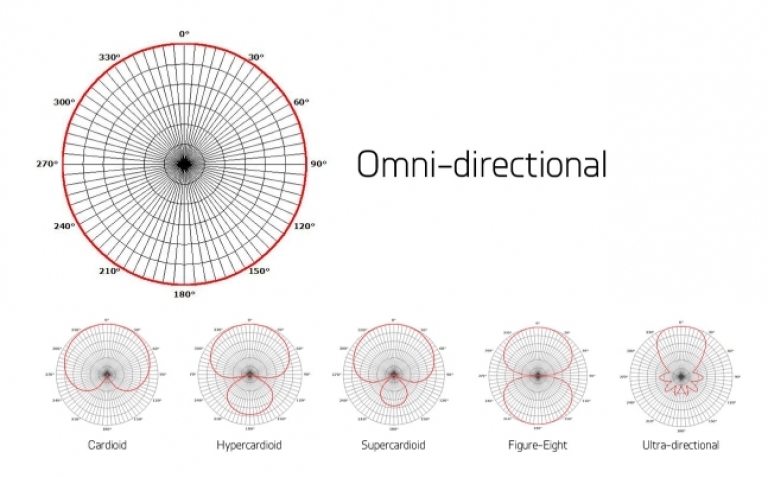
Understanding Microphone Polar Patterns
A microphone’s polar pattern refers to its sensitivity to sound from different directions. It determines how the mic responds to sound sources at various angles relative to its capsule. The most common polar patterns include:
- Cardioid: Picks up sound primarily from the front, with reduced sensitivity to the sides and rear. Ideal for isolating sources and reducing background noise.
- Omnidirectional: Picks up sound equally from all directions. Great for capturing room ambience and natural sound.
- Figure-8 (Bi-directional): Picks up sound equally from the front and back, while rejecting sound from the sides. Perfect for recording duets or stereo techniques like Mid-Side (M-S) or Blumlein.
- Supercardioid and Hypercardioid: Similar to cardioid, but with even more focused sensitivity to the front and greater rejection of sound from the sides. Ideal for highly directional applications or noisy environments.
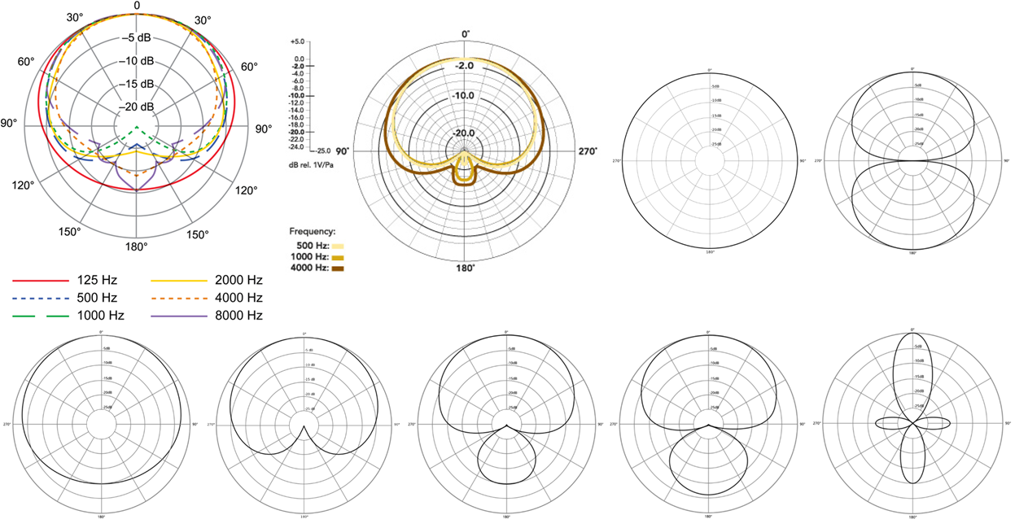
Factors to Consider When Choosing a Polar Pattern
To select the best polar pattern for your recording situation, consider the following factors:
- Sound source: What are you recording? Is it a single source (e.g., a vocalist) or multiple sources (e.g., a choir)?
- Recording environment: Are you recording in a controlled studio environment or a live, ambient space?
- Isolation: Do you need to isolate your source from background noise or other instruments?
- Stereo techniques: Are you planning to use any specific stereo recording techniques, such as Mid-Side (M-S) or Blumlein?
- Proximity effect: Some polar patterns (e.g., cardioid) exhibit a proximity effect, boosting low frequencies when the source is close to the mic. Consider whether this effect is desirable for your source.

Choosing the Best Polar Pattern for Common Recording Situations
Now that you understand the different polar patterns and the factors to consider, let’s explore the best polar patterns for common recording situations:
- Vocals (solo): For solo vocals, a cardioid pattern is often the best choice. It provides good isolation, reduces background noise, and allows for a balanced, intimate sound.
- Vocals (group): For group vocals or choirs, an omnidirectional pattern can capture a natural, balanced sound with a sense of space and depth. If isolation is needed, consider using multiple cardioid mics.
- Acoustic guitar: A cardioid pattern is a great choice for acoustic guitar, as it can help reduce room ambience and focus on the instrument’s direct sound. Experiment with mic placement to find the sweet spot.
- Drums: For drum overheads, a cardioid or supercardioid pattern can provide a focused, punchy sound. Omnidirectional patterns can work well for room mics, capturing the natural ambience and energy of the kit.
- Ambient room: To capture the natural reverb and character of a room, an omnidirectional pattern is the way to go. Place the mic at a distance from the source to pick up the room’s acoustics.
- Stereo recording: For stereo recording techniques like Mid-Side (M-S) or Blumlein, you’ll need a combination of cardioid and figure-8 patterns. Many multi-pattern mics offer these options in a single microphone.
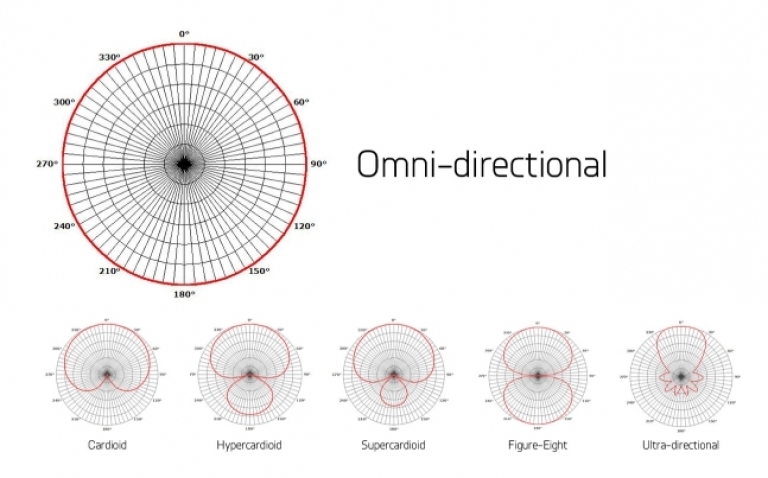
Experimentation and Critical Listening
While these guidelines provide a solid starting point, the key to choosing the best polar pattern is experimentation and critical listening. Don’t be afraid to try different patterns, placements, and techniques to find the sound that best suits your creative vision.
Learn More About Audio Audio Engineering and Techniques
Remember to trust your ears and listen carefully to how each polar pattern affects the sound of your source in the context of your recording environment. With practice and experience, you’ll develop an intuitive sense of which polar pattern works best for any given situation.
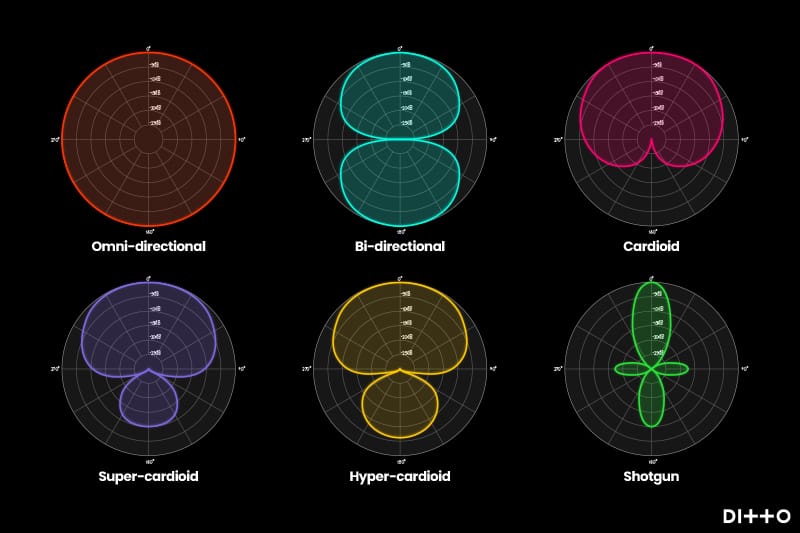
Conclusion: The Best Microphone Polar Pattern
Choosing the best microphone polar pattern is a crucial skill for any recording engineer or audio enthusiast. By understanding the unique characteristics of each pattern and considering the factors that influence your recording situation, you can make informed decisions that will elevate the quality and character of your captured audio.
Remember, there’s no one-size-fits-all solution when it comes to polar patterns. The best choice will depend on your specific source, environment, and creative goals. Embrace experimentation, trust your ears, and let your creativity guide you.
Happy recording, and may your chosen polar patterns bring your audio visions to life!
WideScopeWorld
